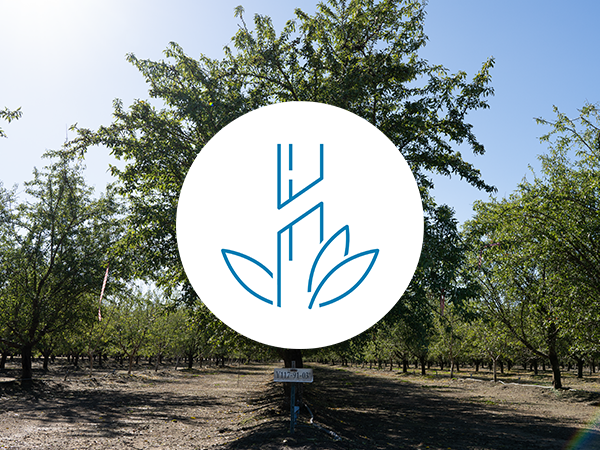Course Description
In this session on trunk and scaffold diseases, the primary learning objectives are to understand the epidemiology, prevention, and control options for the most prevalent canker diseases affecting almonds. Key diseases covered include Serratia canker, band canker, Phytophthora canker, Eutypa canker, and Cytospora cankers. The session emphasizes the importance of accurate diagnosis using both visual symptoms and molecular diagnostic tools to distinguish between these diseases. Effective management strategies highlighted include the protection of pruning wounds, the use of biocontrol agents like Trichoderma, timing of pruning and fungicide application, and cultural practices such as keeping tree trunks dry and avoiding susceptible rootstocks. The goal is to develop integrated management approaches combining cultural, genetic, and chemical control methods to effectively manage these diseases and maintain healthy almond orchards.
Course Objectives:
After completing this course, learners will be able to:
- Understand the epidemiology of prevalent canker diseases affecting almonds, including Serratia canker, band canker, Phytophthora canker, Eutypa canker, and Cytospora cankers.
- Learn to accurately diagnose trunk and scaffold diseases using visual symptoms and molecular diagnostic tools to differentiate between various canker diseases.
- Explore effective management strategies for controlling canker diseases, including the protection of pruning wounds and the use of biocontrol agents like Trichoderma.
- Discuss the importance of timing for pruning and fungicide applications, as well as cultural practices such as keeping tree trunks dry and selecting resistant rootstocks.
- Develop integrated management approaches that combine cultural, genetic, and chemical control methods to effectively manage canker diseases and ensure the health of almond orchards.
- Emphasize the role of preventative measures in maintaining orchard health and reducing the impact of trunk and scaffold diseases in almond production.

